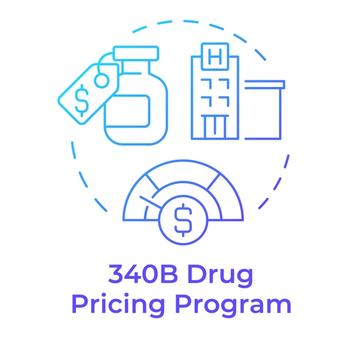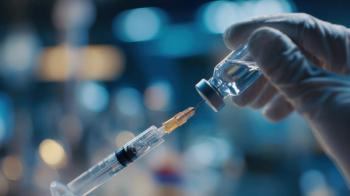
FDA Sets Review Date for Therapy for Rare Connective Tissue Disorder
The FDA has set a Prescription Drug User Fee Act (PDUFA) target action date of May 25, 2024, for prademagene zamikeracel to treat patients with recessive dystrophic epidermolysis bullosa.
The FDA has accepted and
Pz-cel is cell therapy designed to incorporate the functional collagen-producing COL7A1 gene into a patient’s own skin cells. The FDA has set a Prescription Drug User Fee Act (PDUFA) target action date of May 25, 2024. Regulators have said they don’t currently plan to convene an advisory committee meeting to discuss the pz-cel application.
“The FDA’s acceptance of our BLA for priority review underscores the high unmet need in RDEB and the potential for pz-cel to provide meaningful benefit to these patients,” Vishwas Seshadri, Ph.D., CEO of Abeona, said in a press release.
The BLA is supported by clinical efficacy and safety data from the pivotal phase 3 VIITAL study and confirmatory evidence from a phase 1/2a study. Both studies revealed that a one-time application of pz-cel on large and chronic wounds delivered sustained wound healing and pain reduction.
Data from the VIITAL study were
The VIITAL study is a randomized clinical trial that evaluated the efficacy, safety and tolerability of pz-cel in 43 large chronic wound pairs in 11 patients with RDEB. Both co-primary endpoints of VIITAL were met, with 81% of pz-cel–treated wounds demonstrating ≥50% healing and a greater reduction in pain severity observed in pz-cel−treated wounds compared with control wounds.
There were no reports of patient-level or wound-specific serious treatment related adverse events and only a small number of nonserious treatment related adverse events.
In the phase 1/2a study, at year five, 70% of the 30 treated sites demonstrated ≥ 50% wound healing compared with baseline by investigator global assessment. Grafts were well-tolerated throughout long-term follow-up. No serious adverse events related to treatment were reported over a mean of 5.9 years of follow-up.
Newsletter
Get the latest industry news, event updates, and more from Managed healthcare Executive.

















































